厳島神社
( Itsukushima Shrine )Itsukushima Shrine (厳島神社 (嚴島神社), Itsukushima-jinja) is a Shinto shrine on the island of Itsukushima (popularly known as Miyajima), best known for its "floating" torii. It is in the city of Hatsukaichi, in Hiroshima Prefecture in Japan, accessible from the mainland by ferry at Miyajimaguchi Station. The shrine complex is listed as a UNESCO World Heritage Site, and the Japanese government has designated several buildings and possessions as National Treasures.
The Itsukushima shrine is one of Japan's most popular tourist attractions. It is most famous for its dramatic gate, or torii on the outskirts of the shrine, the sacred peaks of Mount Misen, extensive forests, and its ocean view. The shrine complex itself consists of two main b...Read more
Itsukushima Shrine (厳島神社 (嚴島神社), Itsukushima-jinja) is a Shinto shrine on the island of Itsukushima (popularly known as Miyajima), best known for its "floating" torii. It is in the city of Hatsukaichi, in Hiroshima Prefecture in Japan, accessible from the mainland by ferry at Miyajimaguchi Station. The shrine complex is listed as a UNESCO World Heritage Site, and the Japanese government has designated several buildings and possessions as National Treasures.
The Itsukushima shrine is one of Japan's most popular tourist attractions. It is most famous for its dramatic gate, or torii on the outskirts of the shrine, the sacred peaks of Mount Misen, extensive forests, and its ocean view. The shrine complex itself consists of two main buildings: the Honsha shrine and the Sessha Marodo-jinja, as well as 17 other different buildings and structures that help to distinguish it.
Itsukushima jinja was the chief Shinto shrine (ichinomiya) of Aki Province.[1]
This shrine is one of the "Three Great Shrines of Aki Province", along with Take Shrine and Hayatani Shrine.[2]
The first torii on the site is said to have been erected in 593, supposedly by Saeki Kuramoto during the reign of Empress Suiko (592–628 CE).[3] Although a torii has been in place at the site since 1168, the current structure dates to 1875.[3] The present shrine has been popularly attributed to Taira no Kiyomori, a prominent noble of the Imperial Court and later Chancellor (Daijō-daijin), who contributed heavily to the construction of the shrine during his time as governor of Aki Province in 1168.[4] Another renowned patron of the shrine was Mōri Motonari, lord of Chōshū Domain,[3][4] who was responsible for rebuilding the honden in 1571. As a result of waging war against Sue Takafusa there in 1555, Motonari is said to have tainted the island's grounds by battling on the island.[3] Spilling blood violated the strict taboos meant to preserve the sacred purity associated with Shinto shrines.[4] The only surviving structure in Itsukushima shrine from the Kamakura period is the Kyakuden or "Guest-God's Shrine".
KiyomoriIt was not uncommon during the 12th century for the nobility to build shrines or take on other architectural projects in order to "reflect their power and splendor."[5] The Taira are known specifically for their involvement in maritime trade with the Song dynasty (960–1279) and for attempting to monopolize overseas trade along the Inland Sea.[6]
Kiyomori was at the height of his power when he established the Taira dominion over the island. He "ordered construction of the main hall of Itsukushima shrine as a display of reverence for the tutelary god of navigation and to serve as a base for maritime activities..."[6] Miyajima soon became the Taira family shrine.[3] Supposedly, Kiyomori chose the location also for the reason to further establish himself in the Heian aristocracy as one who deviated from the social norms of Shinto pilgrimage .[7] He lavished great wealth upon Itsukushima, and he enjoyed showing the place to his friends and colleagues, or even to royal personages..."[8]
It is also said that Kiyomori rebuilt the shrine on account of a dream he had of an old monk who promised him dominion over Japan if he constructed a shrine on the island of Miyajima, and pay homage to its kami who are enshrined there for his success in life.[4][3] The renovations funded by the Taira allowed for Itsukushima to "grow into an important religious complex."[7]
 The Itsukushima Shrine at high tide, when it appears to float on the water
The Itsukushima Shrine at high tide, when it appears to float on the water

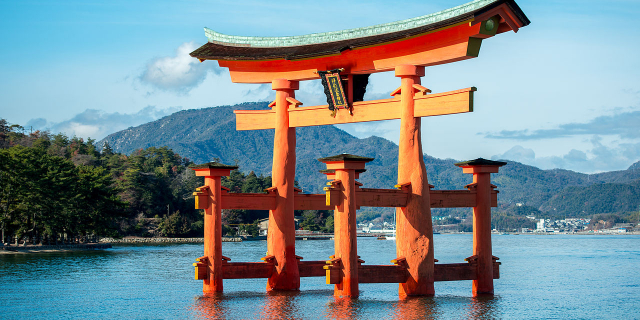



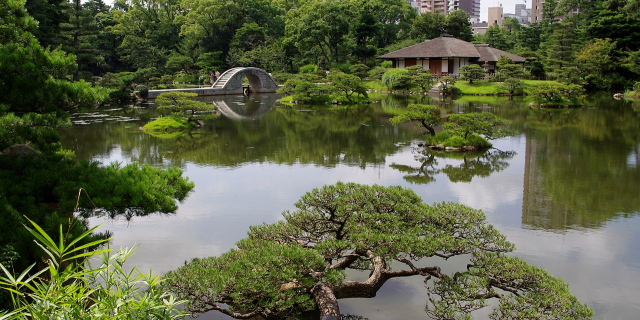



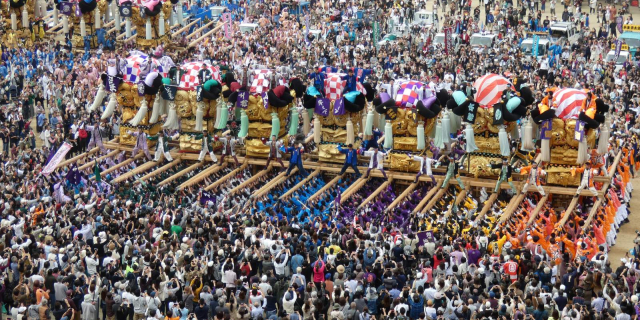

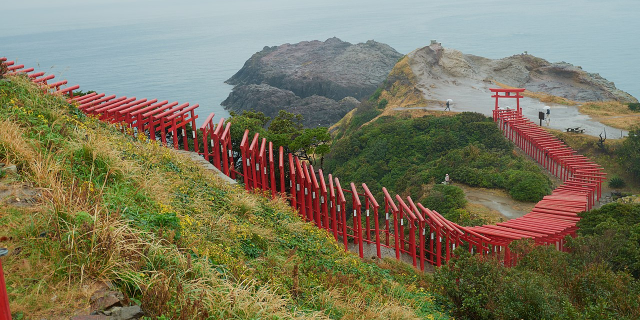



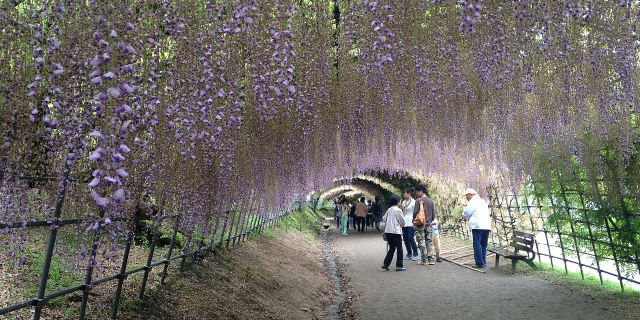
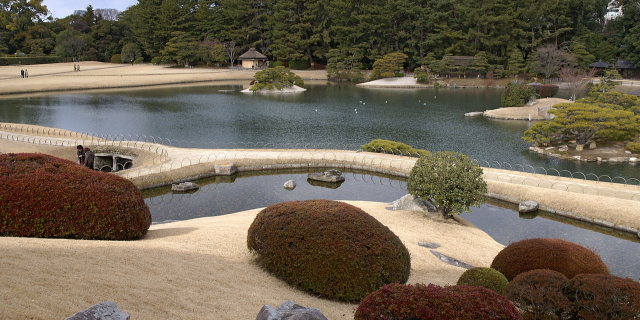
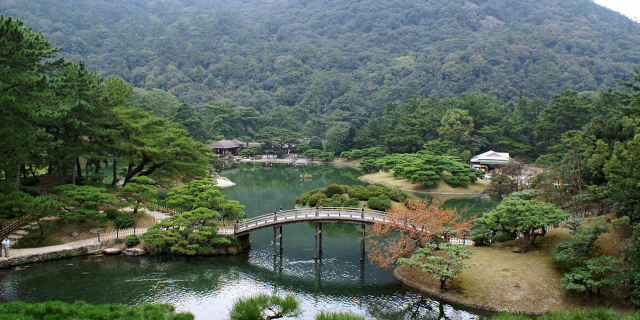


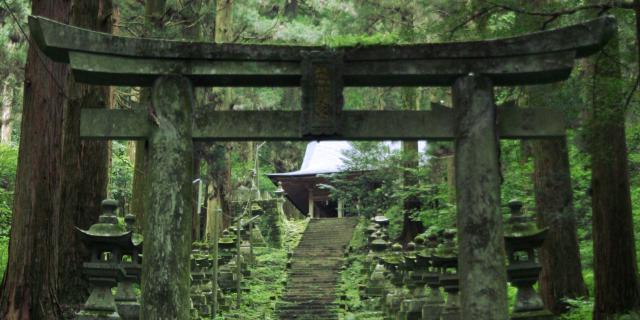





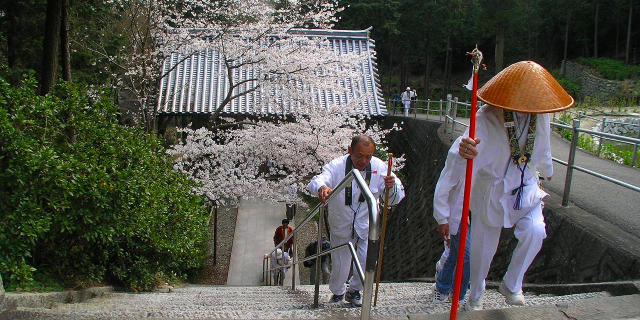


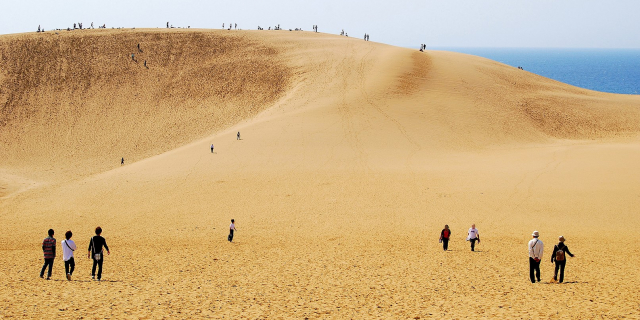
Add new comment